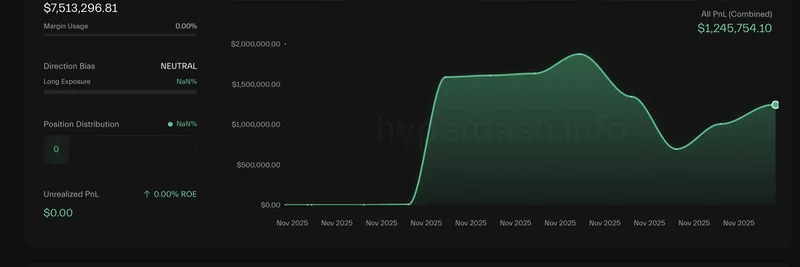In the fast-paced world of cryptocurrency, especially with meme tokens gaining massive traction, tokenomics—the economic model behind a token—plays a crucial role in attracting investors and ensuring long-term success. A recent tweet from Kam (@0xKDOT), co-founder of BSCNews and MH Ventures, sparked a conversation about a growing trend in crypto launches: prohibiting "locked" or "vested" tokens from being staked. For those new to the terms, locked tokens are those restricted from being sold or transferred for a set period, often to prevent dumps by early holders. Vested tokens release gradually over time, like employee stock options in traditional finance. Staking, on the other hand, involves locking up tokens to support the network and earn rewards, similar to earning interest in a savings account.
Kam's take? It's not as groundbreaking as some projects make it out to be, and it might even backfire. He tweeted: "The whole thing about NOT letting ‘locked’ / ‘vested’ tokens be staked. Firstly, by NOT allowing this for your upcoming launch, stop acting like it’s some new innovation lol. Secondly, kinda stupid to NOT allow it for those who support early on, financially. It should be allowed BUT those tokens also be locked/vested." You can check out the original post here.
Let's break this down. Many new meme token projects, aiming to build hype and fairness, announce that vested tokens can't participate in staking. They frame it as a way to prevent insiders from dominating rewards and to level the playing field for retail investors. But as Kam points out, this isn't revolutionary—it's been debated in crypto circles for years. Projects like those on Solana or Binance Smart Chain often tweak these rules to balance incentives.
The real issue? It could discourage early backers. Imagine you're an angel investor or venture capitalist pouring money into a meme token at its seed stage. You're taking a huge risk, but in return, your tokens vest over time. If you can't stake them to earn extra yields during that vesting period, you're essentially penalized for believing in the project early. This might push away the very people who provide crucial funding and credibility, leading to weaker launches or slower growth.
Instead, Kam suggests a middle ground: allow staking for vested tokens, but keep the staked tokens locked or vested too. This way, early supporters can earn rewards without flooding the market prematurely. It's a win-win—projects retain investor loyalty, and the token's value might stabilize better through increased staking participation. In the meme token space, where volatility is king, strong staking mechanisms can help build community trust and reduce sell pressure.
This perspective aligns with broader trends in blockchain. For instance, successful meme coins like Dogecoin or newer ones on platforms like Pump.fun often succeed by rewarding holders through yields or airdrops. Ignoring early supporters could mean missing out on the network effects that turn a simple meme into a cultural phenomenon.
If you're launching a meme token or investing in one, consider how tokenomics like this impact the ecosystem. Tools like Tokenomics DAO or resources on CoinMarketCap can help dive deeper into designing fair models. Ultimately, innovation in crypto isn't about restricting participation—it's about creating systems that benefit everyone involved.


